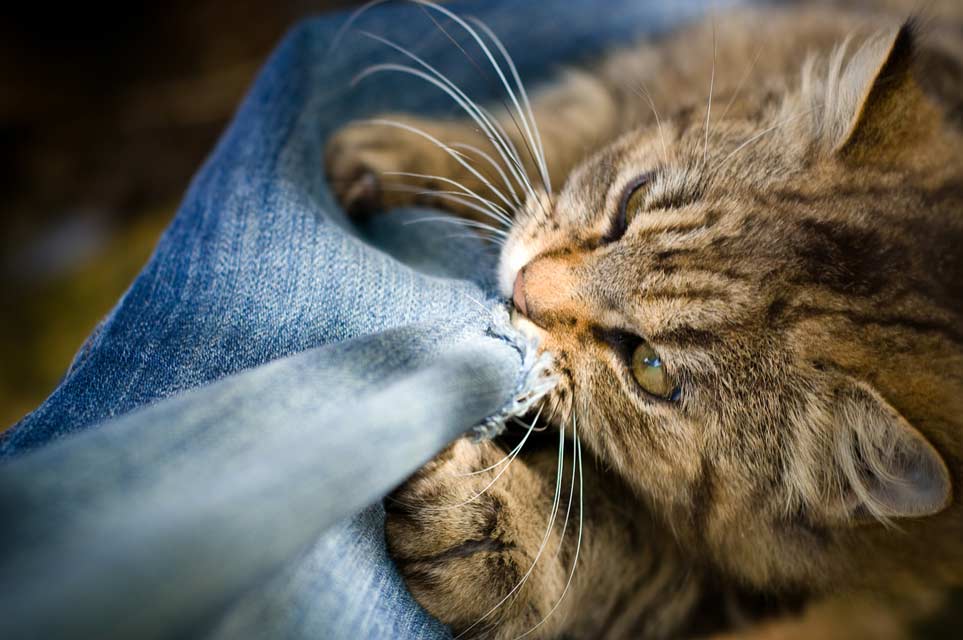Undoubtedly, the relationship between a cat and a human is one of the most precious things to witness. If you have ever had a cat at your place, you’d agree that your little friend can quickly turn your sad days into happy ones. Coming home after an exhausting day at work, and finding your fluffy bundle of love waiting for you at the doorstep is indeed an adorable sight!
Hence, because of such a priceless bond, most cat owners worry about even the slightest behavioral changes in their cats. Not just that, their dietary cravings are also a big concern among most.
Usual cat cravings such as cream, catnip, mice (the good old friend) are comprehendible. However, often you may find your cat urging you to eat non-food items. I mean okay, everyone experiences cravings at some point, but why would your cat eat plastic bags, houseplants, wool, paper, rubber bands?
Well, if you can relate to this, and have ever found your furry bundle of love in such strange acts, you are at the very right place as here we have discussed this condition in detail. So people sit back, relax, and keep scrolling down!
Feline Pica
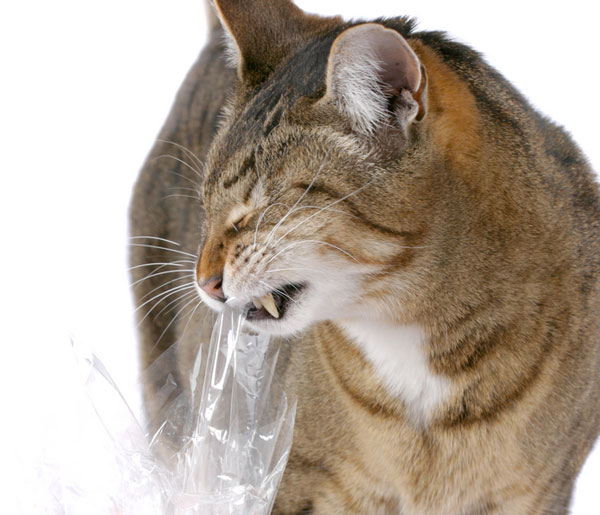
Pica is a medical syndrome that creates an urge to eat strange non-edible items. This condition isn’t just limited to cats, as humans can have it too, especially pregnant women. For cats, these items mostly include fabrics, elastics such as hair binders, cardboard, paper, and even plastic. They may also chew on electrical cords and toxic plants.
In mild cases of Pica, your cat may just suck or lick on objects. However, in an extreme case, it may even swallow it, which may pose severe risks of intestinal blockage, tearing of the digestive tract, toxicity, and even electrocution. Due to the potential risks, this is a serious condition that every cat owner must address seriously. Not taking appropriate actions after witnessing the prominent symptoms of Pica may prose some serious health issues, and even prove fatal.
Symptoms of Pica in Cats

Typically young cats are more prone to Pica, and it may begin as early as 3 months of age. However, cats of every age can be affected by it. The ideal way to witness the symptoms of Feline Pica is by catching your cat in action. Therefore, if you don’t spend enough time with your little friend, it might be difficult to observe them.
As soon as you observe your cat licking, sucking, and munching on non-edible items, such as plants, cords, wool, fabric, string, or yarn; you must get alert instantly! The secondary symptoms of Feline Pica in cats include:
- General listlessness
- Constipation
- Diarrhea
- Vomiting
- Decreased appetite
What causes Pica in Cats?
Feline Pica is still a major mystery for veterinarians, as its causes significantly vary from cats. It’s difficult to connect it to a particular reason, however behavioral condition to several possible causes including:
Medical Diseases

If your cat is suffering from a severe feline Pica, it may be a result of some medical issue. Therefore, you must visit a veterinarian first to explore the overall condition of your cat. Usually, Pica is triggered by:
- Hyperthyroidism
- Dental disease
- Brain tumor
- Diabetes
- Feline Leukemia
- Anemia
- Feline immunodeficiency virus
Dietary Deficiencies
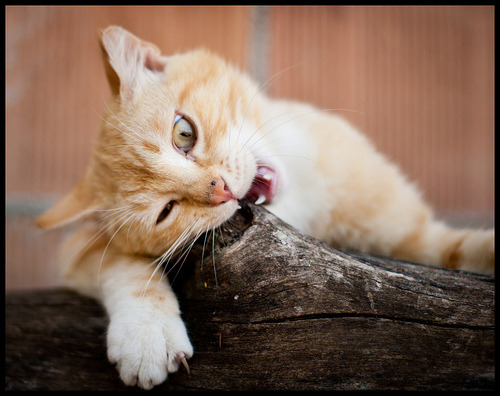
One of the most prominent causes of Feline Pica is the lack of a nourishing diet. Just like humans, cats also require a well-balanced diet for optimal health. Cats whose dietary needs aren’t met may also suffer from Feline Pica. They include:
- Lack of fiber
- Mineral deficiency
- Vitamin deficiency
- Hunger (inadequate diet)
Genetic Disposition
Genetics also plays a significant role, as certain species of cats are more prone to Pica than others. Oriental cat breeds, such as the Siamese and Birman cat are most likely to suffer from Pica; thus if you own one, you must be alert.
Stressful Conditions
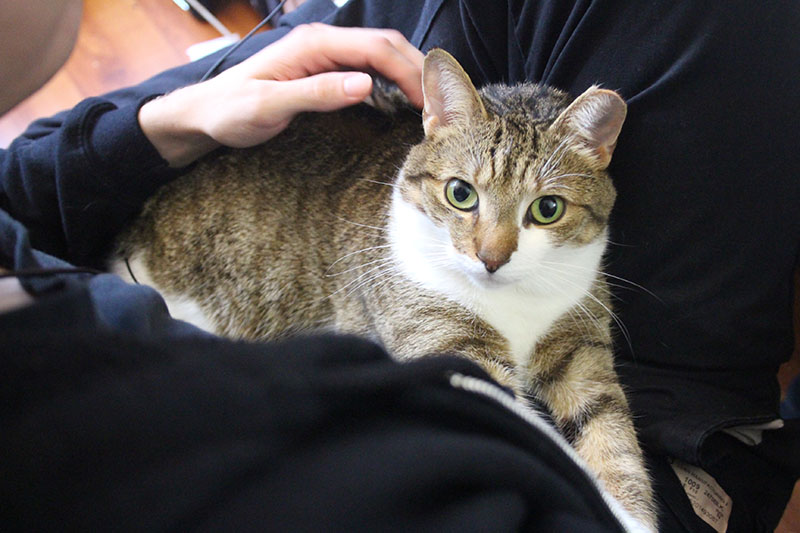
Behavioral disorders may also lead to Pica in cats. They are triggered by stressful conditions in the environment. They can include:
- Lack of attention: Your kitty loves attention, and it may continue its Pica behavior to get more attention from you.
- Boredom: When you are not giving your cats enough playtime, they may start eating non-food items out of lack of stimulation
- Move: Your cat may not be able to adjust to the new place; hence it may be causing strange behaviors.
- Stress/anxiety: Cats living in stressful environments may try to unwind themselves by engaging in peculiar activities like Pica. Cats get upset over the slightest things, such as separation from their owners.
- Early weaning: Experts have found links between Pica and cats which are weaned too early from their mothers.
Diagnosis
As soon as you suspect your cat with feline Pica, you must visit your vet immediately. Your vet may ask for relevant details regarding the behavior your cat has been exhibiting, such as the duration of this behavior, or what does it like to chew on. Your vet may then proceed with certain diagnostic examinations, including a blood test, urinalysis, and even radio scans and CT scans.
How can you deal with Feline Pica?
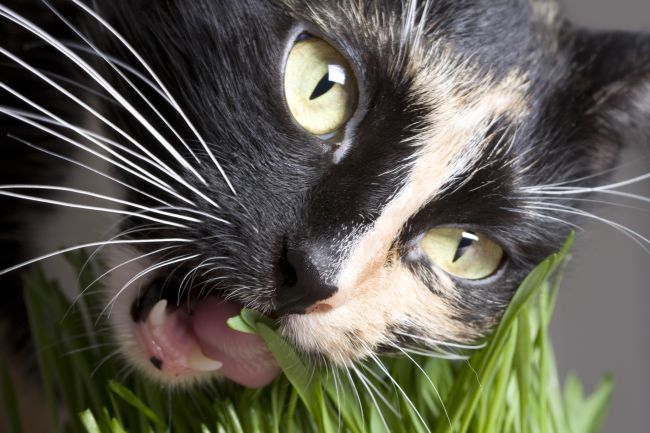
In most cases, Feline Pica is caused by environmental and physical causes that you can easily control with few precautions and implementations. For medical cause, your veterinary medical professional may suggest you with certain medications, or therapies to deal with it. But if your feline has received a clean bill of health, you may consider the below-mentioned suggestions:
- Remove the targeted items-Of course, the most effective way to diminish pica behavior among your cat is by simply eliminating or hiding your cat’s favorite items, clothes, and plants.
- Play! Play! Play! – Trust me; your little bundle of love craves your attention. Usually, cats are deprived of such affection, which ultimately leads them to engage in strange behaviors. You must give your cat an appropriate time, for its mental and physical stimulation. You may train your little friend, go outdoors, or simply spend quality time with your little munchkin in your house only.
- Give alternative options to chew- An effective approach to deal with Pica is by diverting your cat’s attention to chew safer and appropriate alternatives. They can be edible treats, cat toys, or anything appealing enough that’s specifically designed for cats.
- Apply repelling smells- If your cat nibbles on potentially harmful objects like an electric cord, it’s best to apply strong-smelling substances like citrus air freshener or bitter apple to keep them at bay.
- Get rid of poisonous plants- If you feel that your cat might be attracted to toxic plants at your place, it best to get rid of them. If you can’t, then you may keep them at the position where your cat wouldn’t be able to reach it out.
- Contact an Animal Behaviorist: Even after following the above-stated principles, if you don’t witness any significant results, it’s best to talk to a certified applied animal behaviorist (CAAB). They can suggest some of the great recommendations.
Conclusion
Our little furry bundle of love brings incredible happiness in our lives, and in turn, it’s our utmost duty to take care of their healthy living. Although Pica is a rare condition, it’s easy to manage, and most people are successful in dealing with it.
If your cat is having strange eating behavior these days, we hope this guide proves to be beneficial for you. Lastly, always remember that no matter how hard it gets those kisses and fury smiles to make it all worthwhile!
